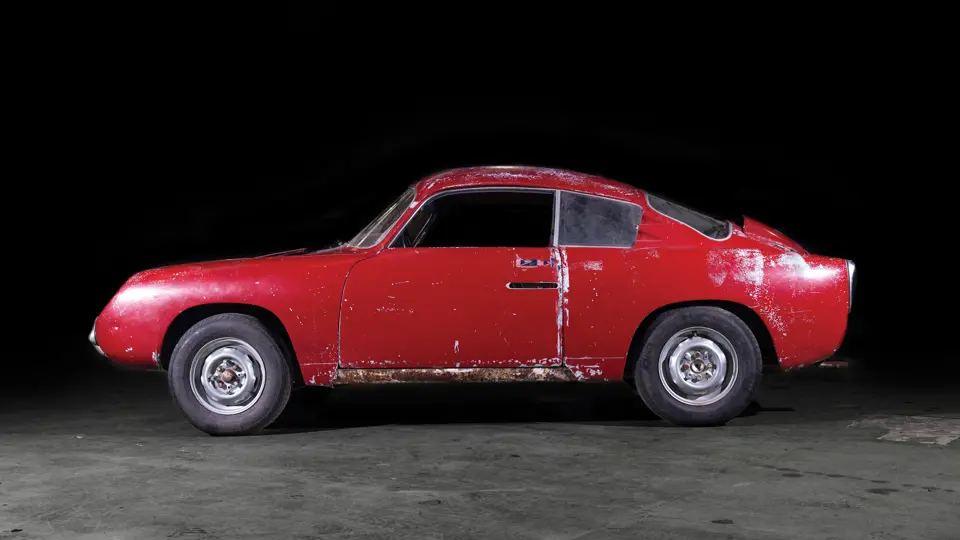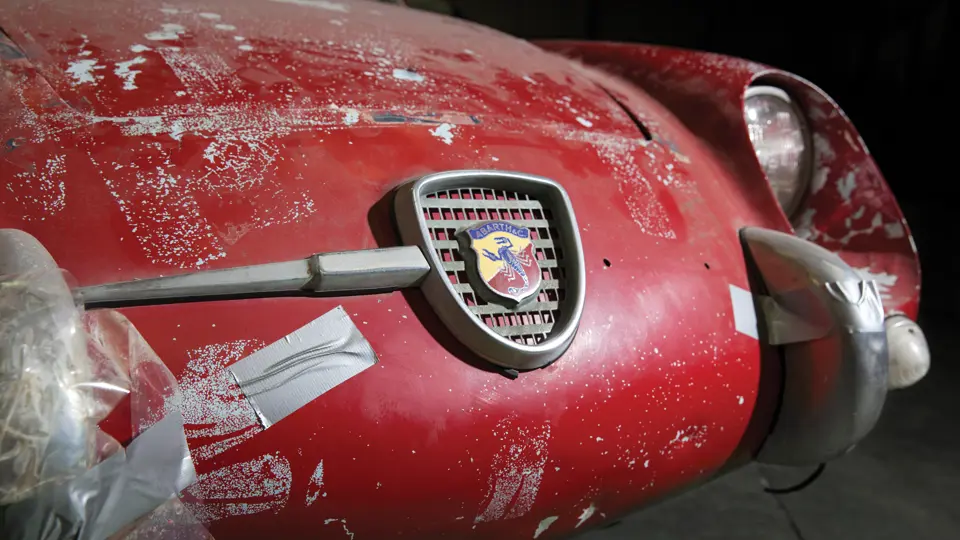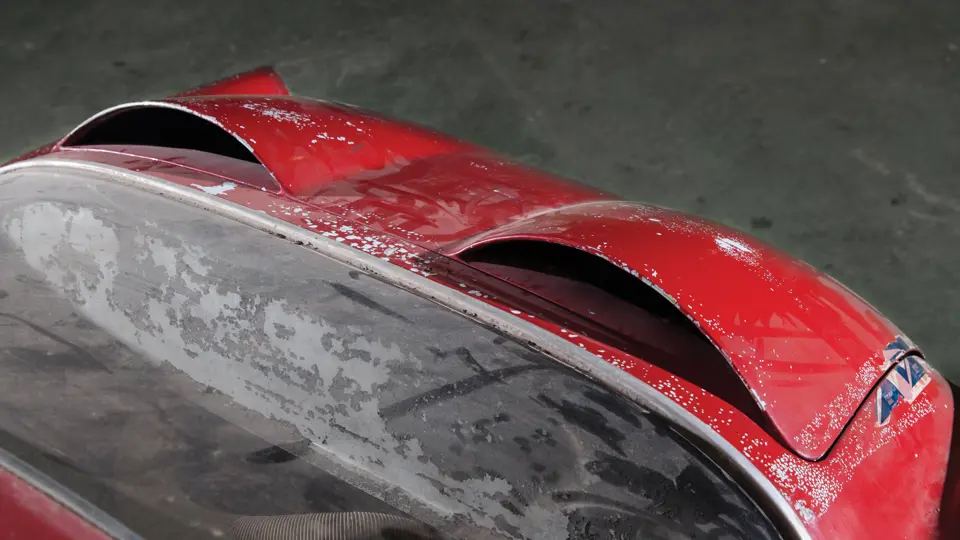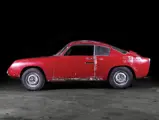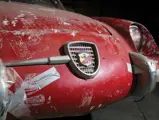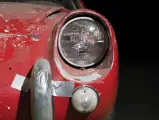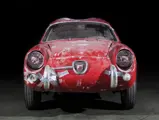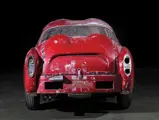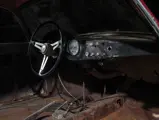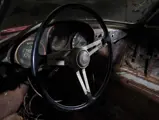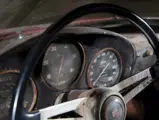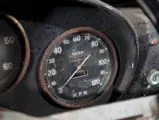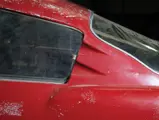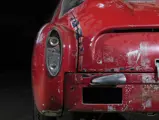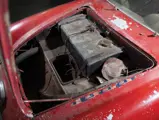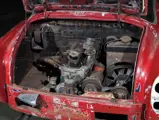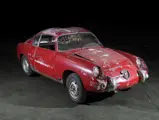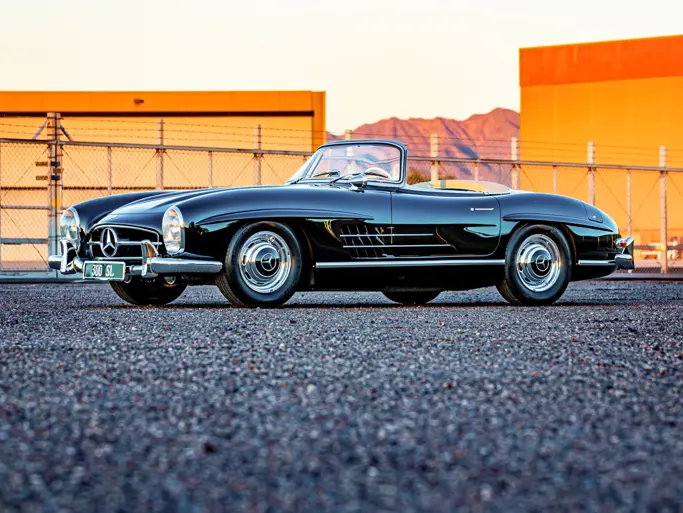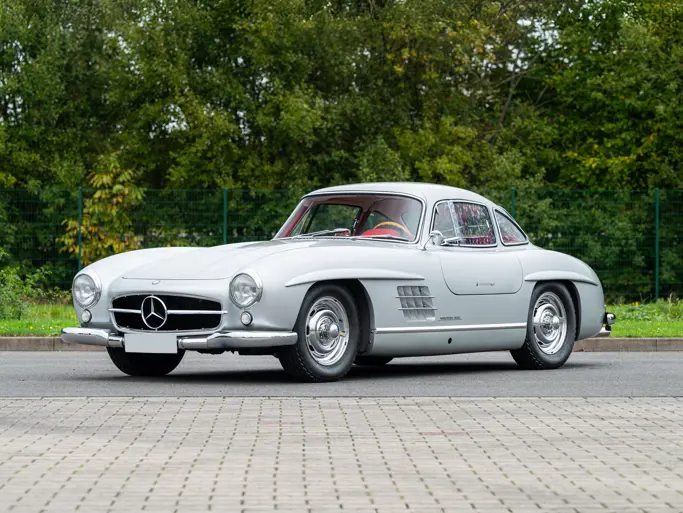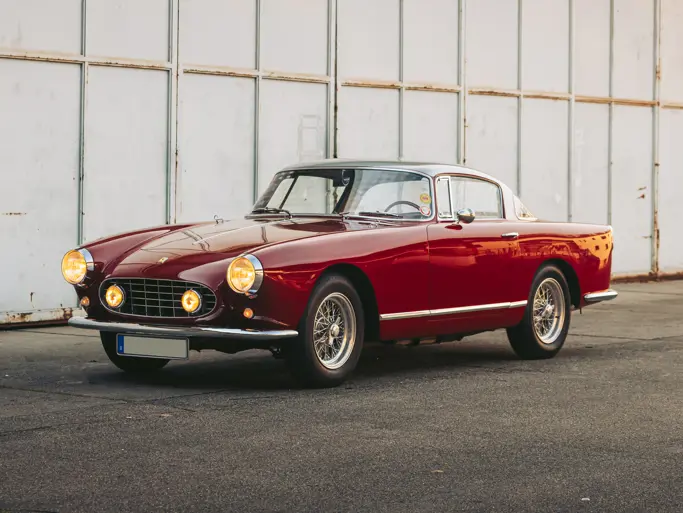39 bhp, 747 cc OHV inline four-cylinder engine, four-speed manual transmission, independent front suspension with a transverse leaf spring, trailing-arm coil-spring rear suspension, and four-wheel hydraulic drum brakes. Wheelbase: 2,000 mm
Moteur quatre-cylindres en ligne, 747 cm3, soupapes en tête, 39 ch, transmission manuelle quatre rapports, suspension à quatre roues indépendantes avec ressort semi-elliptique transversal à l'avant, bras tirés et ressorts hélicoïdaux à l'arrière, freins hydrauliques à tambour sur les quatre roues. Empattement 2 000 mm.
Carlo Abarth, motorsport director of Piero Dusio’s Cisitalia S.p.A., took over the foundering of that firm’s Italian assets when Dusio decamped to Argentina in 1949. Abarth & Co. thus came into being, and its proprietor took the leftover Cisitalia cars, renamed them Abarth, and set off racing with such drivers as Tazio Nuvolari, Franco Cortese, and Piero Taruffi.
Starting with Fiat’s new 600, Abarth bored and stroked its 633–cubic centimetre engine to 747 cubic centimetres. The camshaft and flywheel were modified, and a larger carburettor was fitted, with the result being nearly 40 brake horsepower and a top speed of more than 80 mph. The Abarth 750 GT debuted in 1956. Fiat delivered the standard-body 600s to Abarth in incomplete form, with the purpose of simplifying the performance modifications.
Soon, the highly respected Carrozzeria Zagato in Milan took on production of Abarth’s coupé bodies. The coachbuilder’s sketches for the body had a roof so low that there was scant headroom for a person of normal stature, so twin bulges were placed into the roof contour. The result was immediately nicknamed ‘Double Bubble’, a nickname that has become synonymous with Zagato’s sporting coupés and continues to influence their design to this day.
The example offered here, chassis 565298, was built in 1958 and is believed to have spent much of its life in the USA. It had resided in New York where it was part of a collection containing some very important pre- and post-war competition cars. The 750 GT then moved through Arizona and Connecticut before the UK-based consignor acquired it and returned the car to Europe.
For many, the Fiat-Abarth 750 GT ‘Double Bubble’ is as recognisable as any of the world’s most collectable cars; here is an opportunity to make such a car exactly as you wish!
Carlo Abarth, directeur de course de Cisitalia SpA, la marque de Piero Dusio, a pris le contrôle de l'entreprise lorsque Dusio a pris la fuite pour l'Argentine, en 1949. Ce changement donnait de l'importance à Abarth & Co, et son propriétaire prenait possession des Cisitalia restantes, les renommait Abarth et s'engageait en compétition avec des pilotes tels que Tazio Nuvolari, Franco Cortese et Piero Taruffi.
Commençant avec la nouvelle Fiat 600, Abarth modifiait le moteur pour le faire passer de 633 à 757 cm3. L'arbre à cames et le volant d'inertie étaient modifiés et un carburateur plus gros installé, avec comme résultat une puissance de 40 ch et une vitesse de pointe de près de 130 km/h. L'Abarth 750 GT faisait ses débuts en 1956. Fiat fournissait les 600 standard incomplètes à Abarth, pour simplifier le processus de modification.
Assez rapidement, la Carrozzeria Zagato, à Milan, prenait en charge la production des carrosseries des coupés Abarth. Les dessins du styliste présentaient un toit tellement bas qu'il ne laissait guère de place pour une personne de stature normale, si bien que deux bossages étaient ajoutés au niveau de la tête des occupants. Le résultat était la fameuse formule "double bosse", qui allait rapidement devenir une marque de fabrique de Zagato pour ses coupés sportifs, à tel point qu'elle influence encore aujourd'hui le style du carrossier.
L'exemplaire que nous proposons ici, châssis 565298, est sorti d'usine en 1958 et aurait passé une grande partie de son existence aux États-Unis. Il a résidé à New York où il faisait partie d'une collection comportant d'importantes voitures de compétition d'avant et d'après-guerre. La 750 GT partait ensuite en Arizona et au Connecticut avant que le propriétaire actuel, basé en Angleterre, ne ramène la voiture en Europe.
Pour un grand nombre d'amateurs, la Fiat-Abarth 750 GT "double bosse" est aussi identifiable que les voitures de collection les plus désirables du monde, et vous avez ici l'opportunité de lui donner exactement la présentation que vous souhaitez !

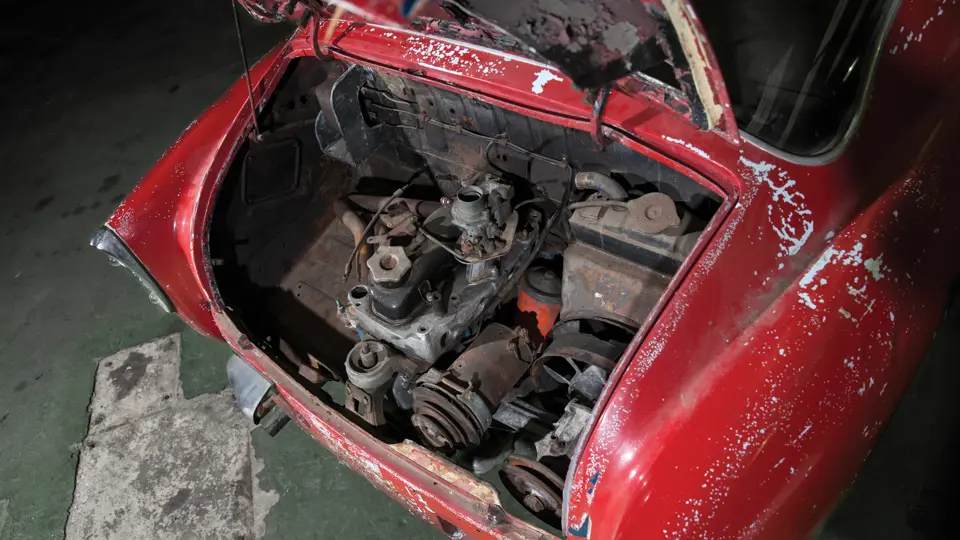


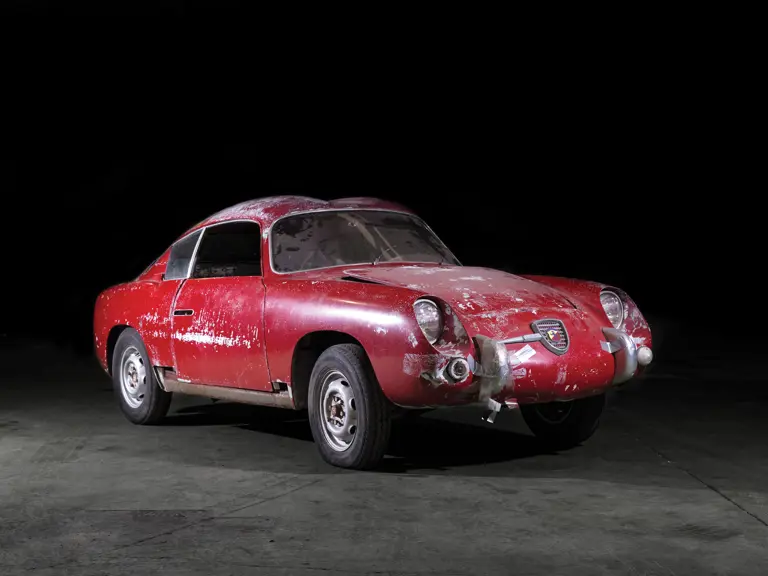
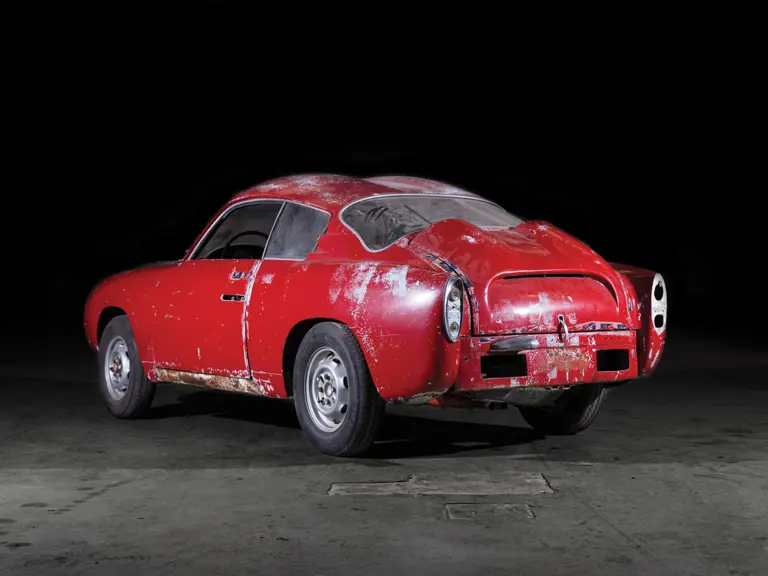
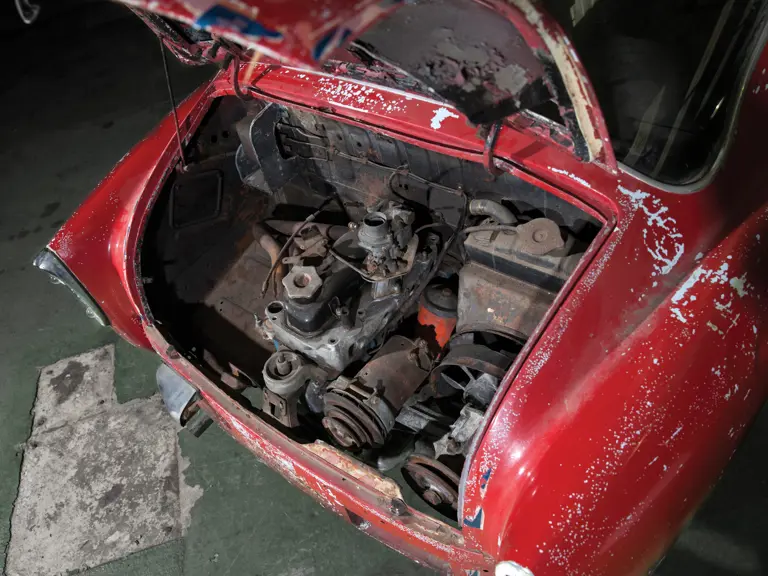
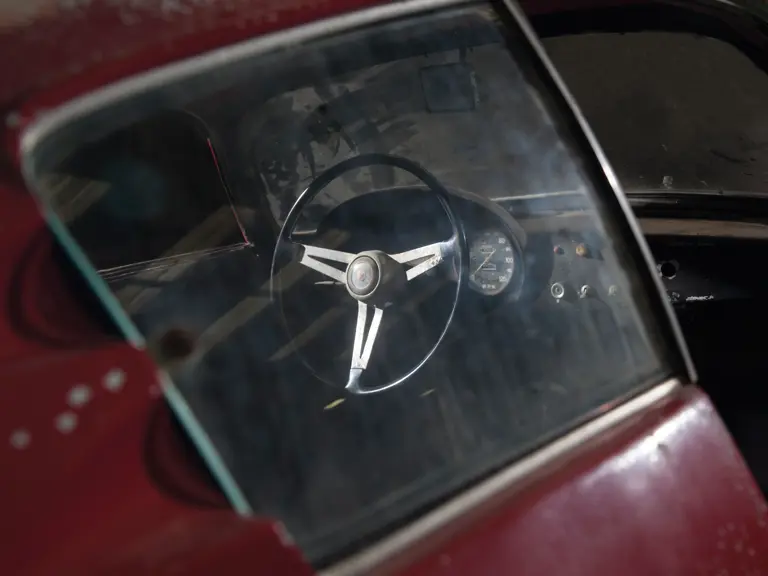

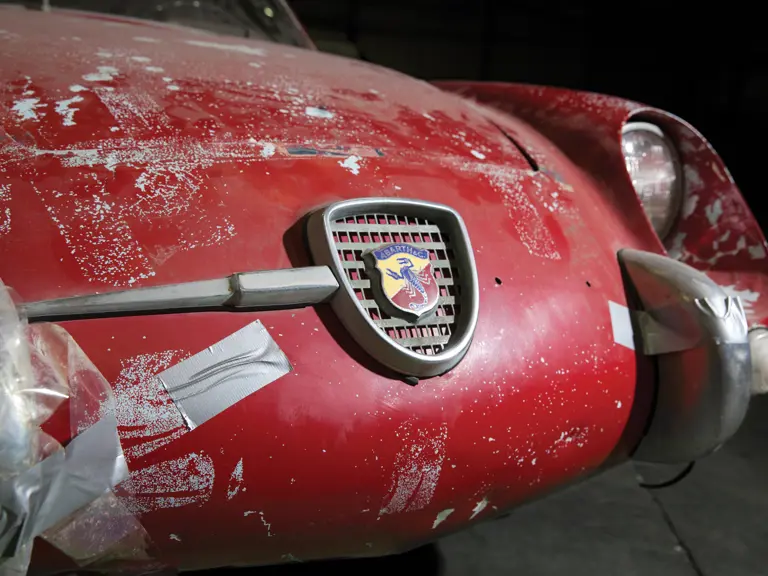
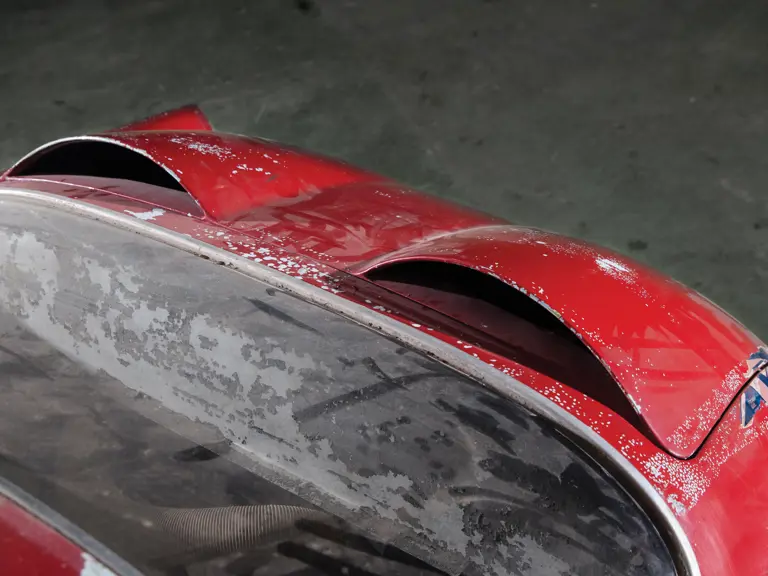
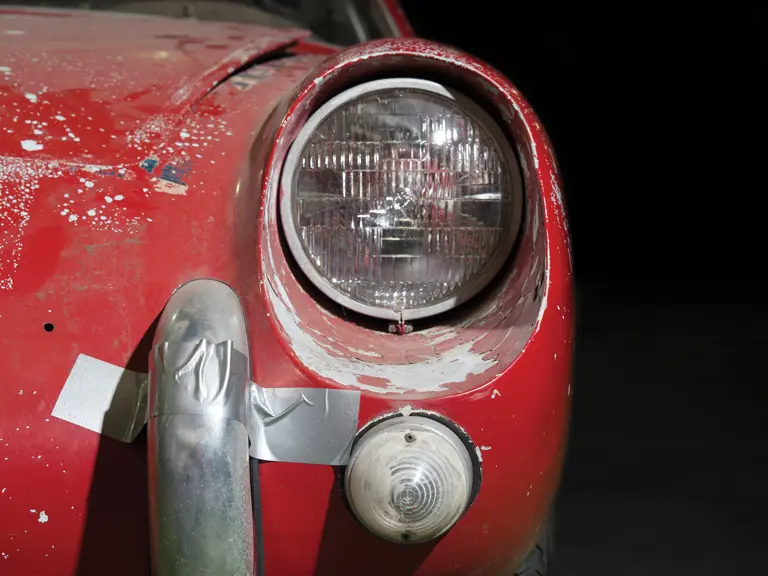

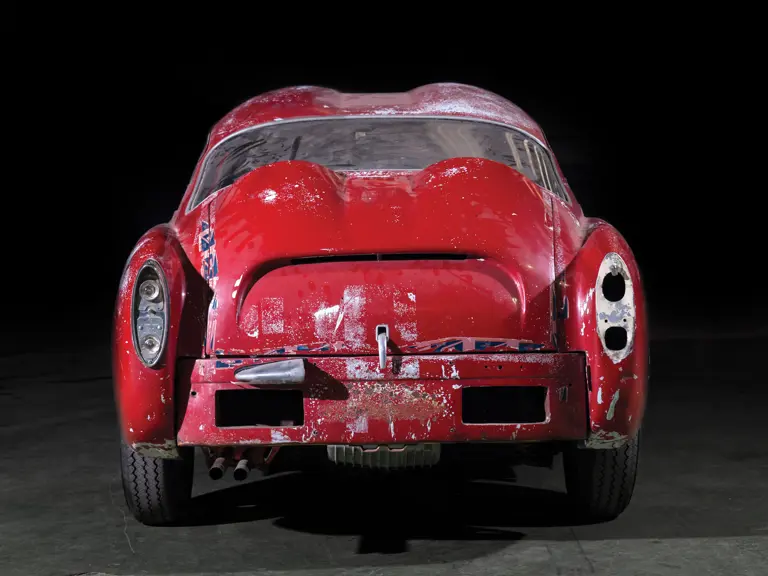
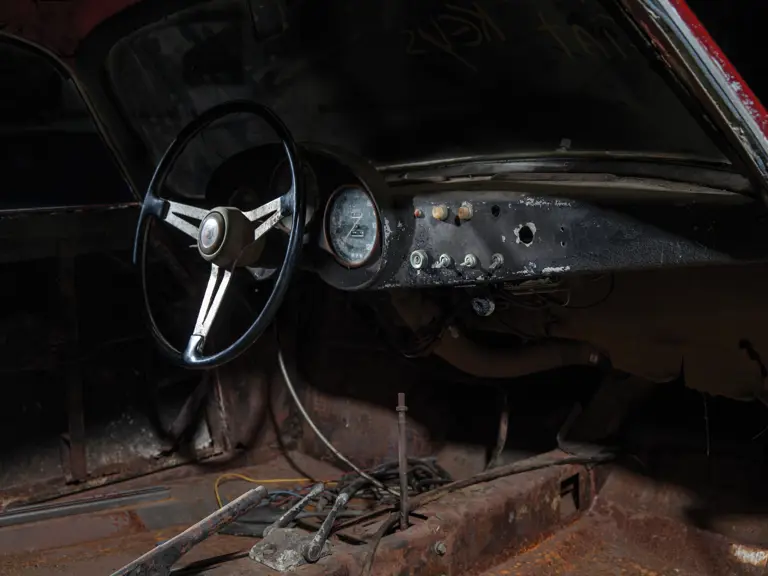
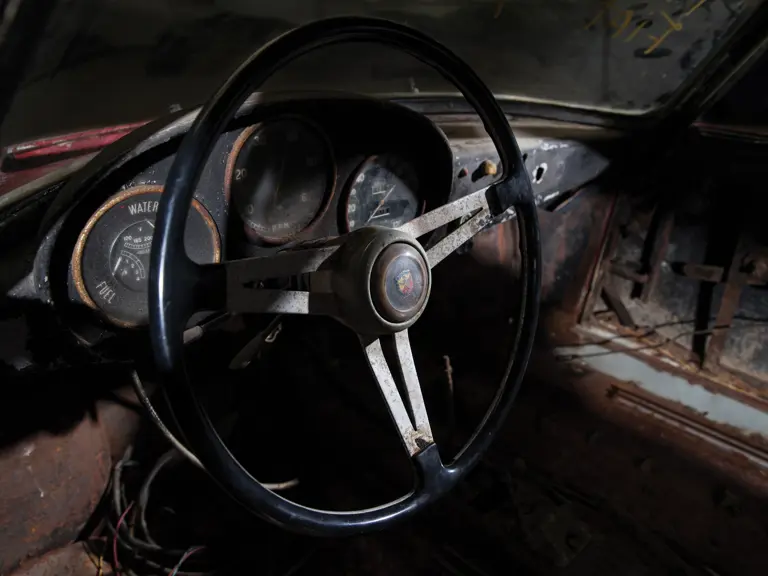
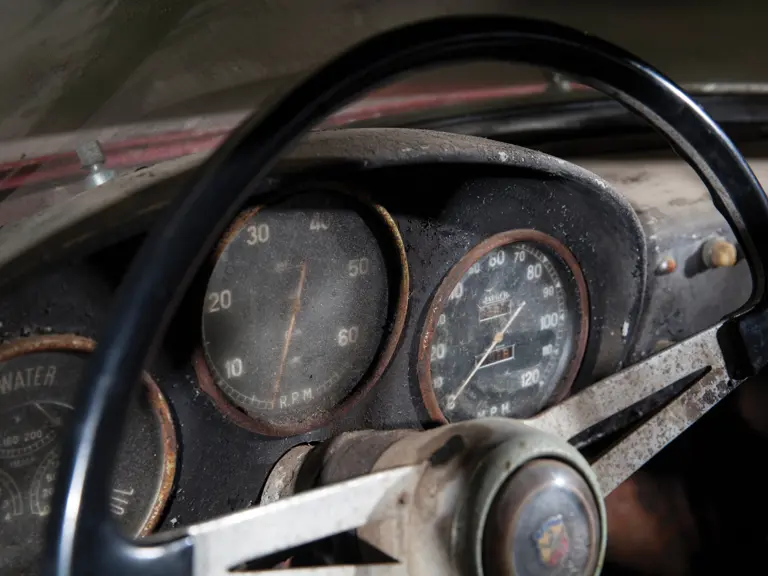
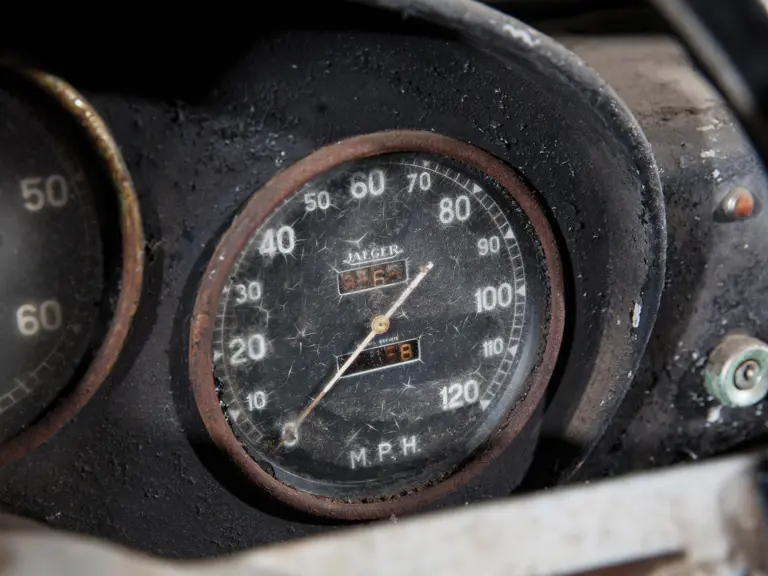
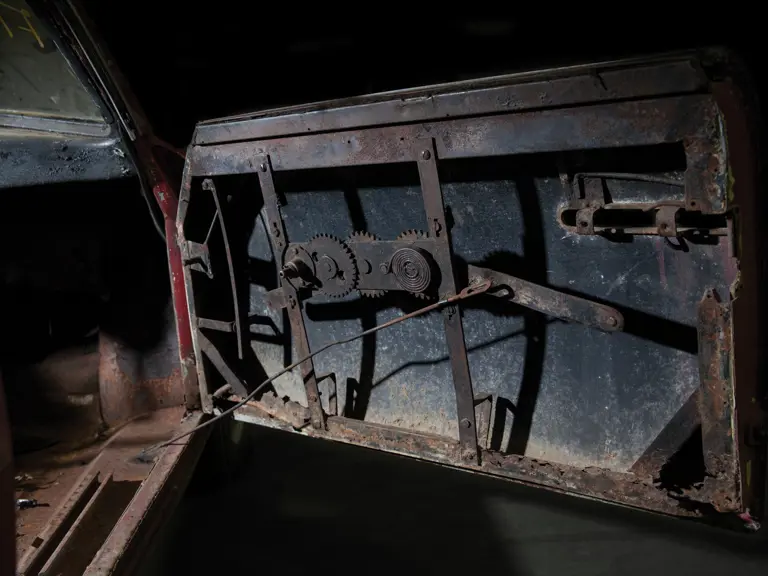

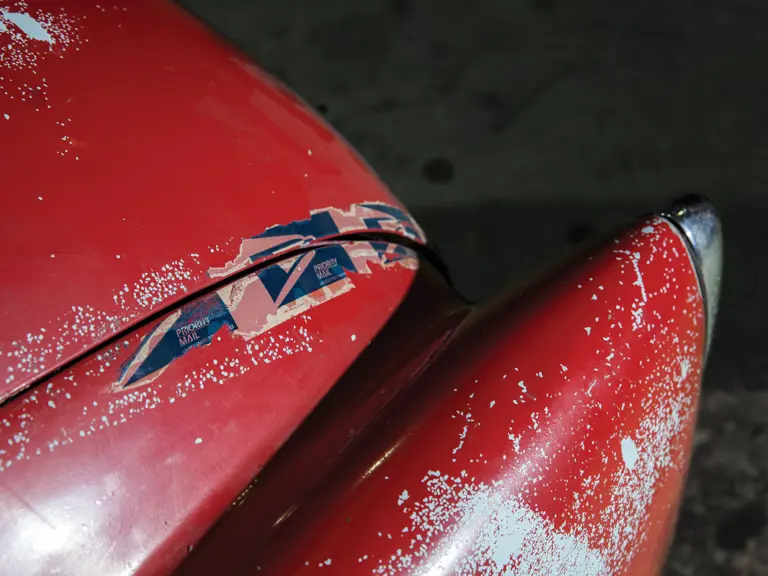

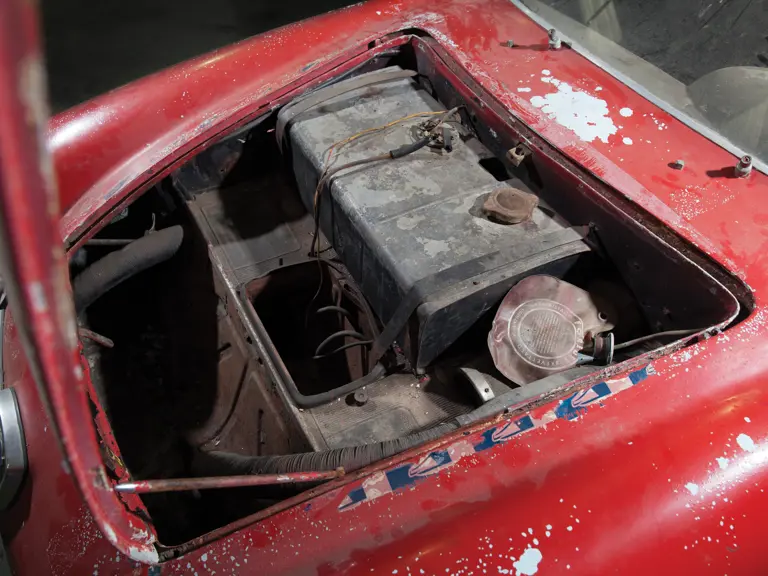
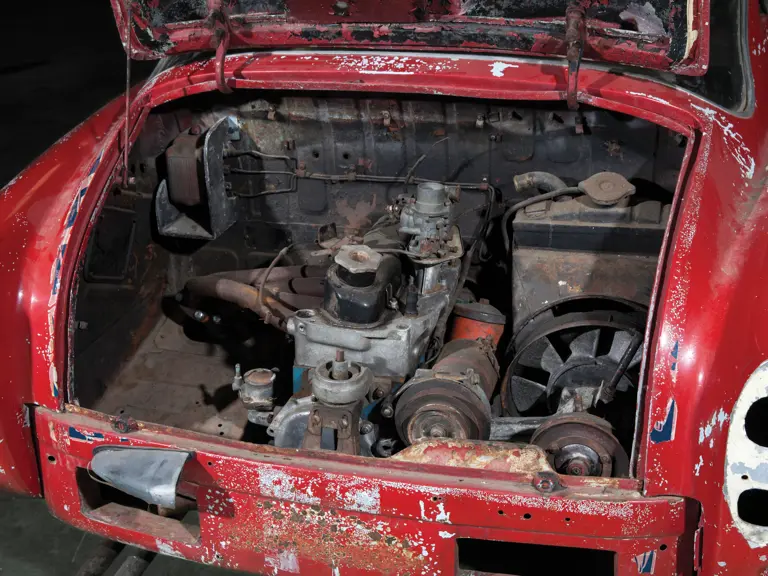
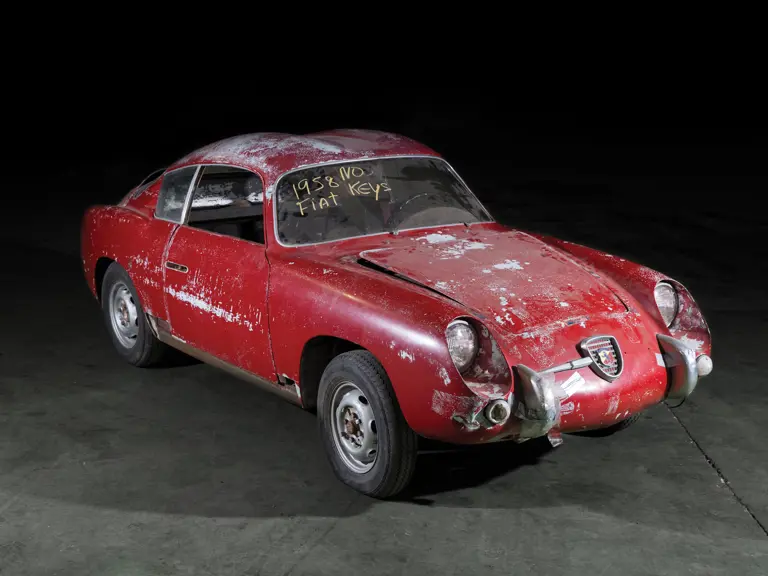
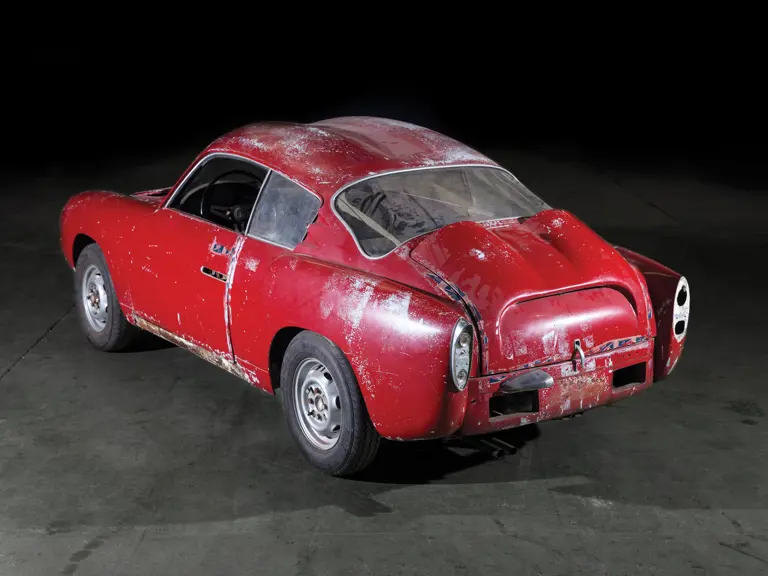
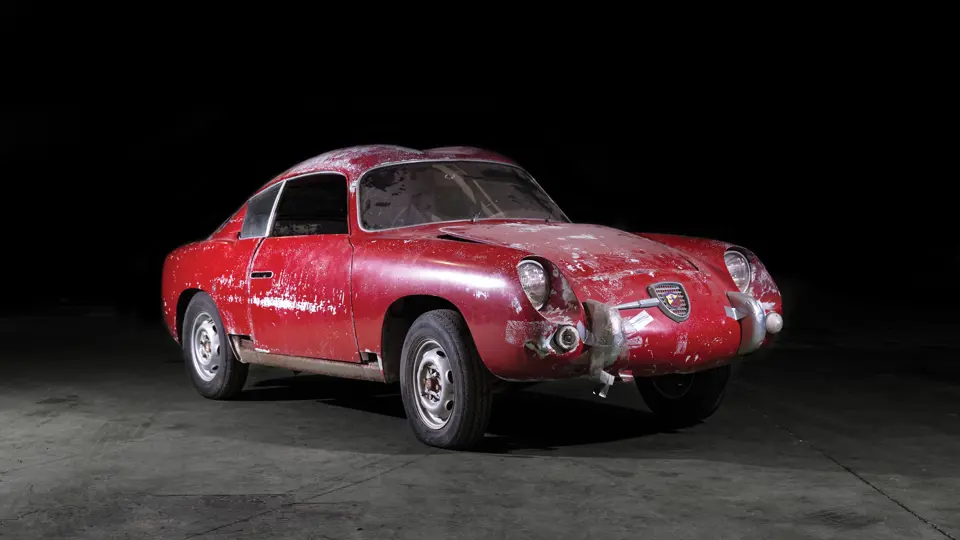
 | Paris, France
| Paris, France
